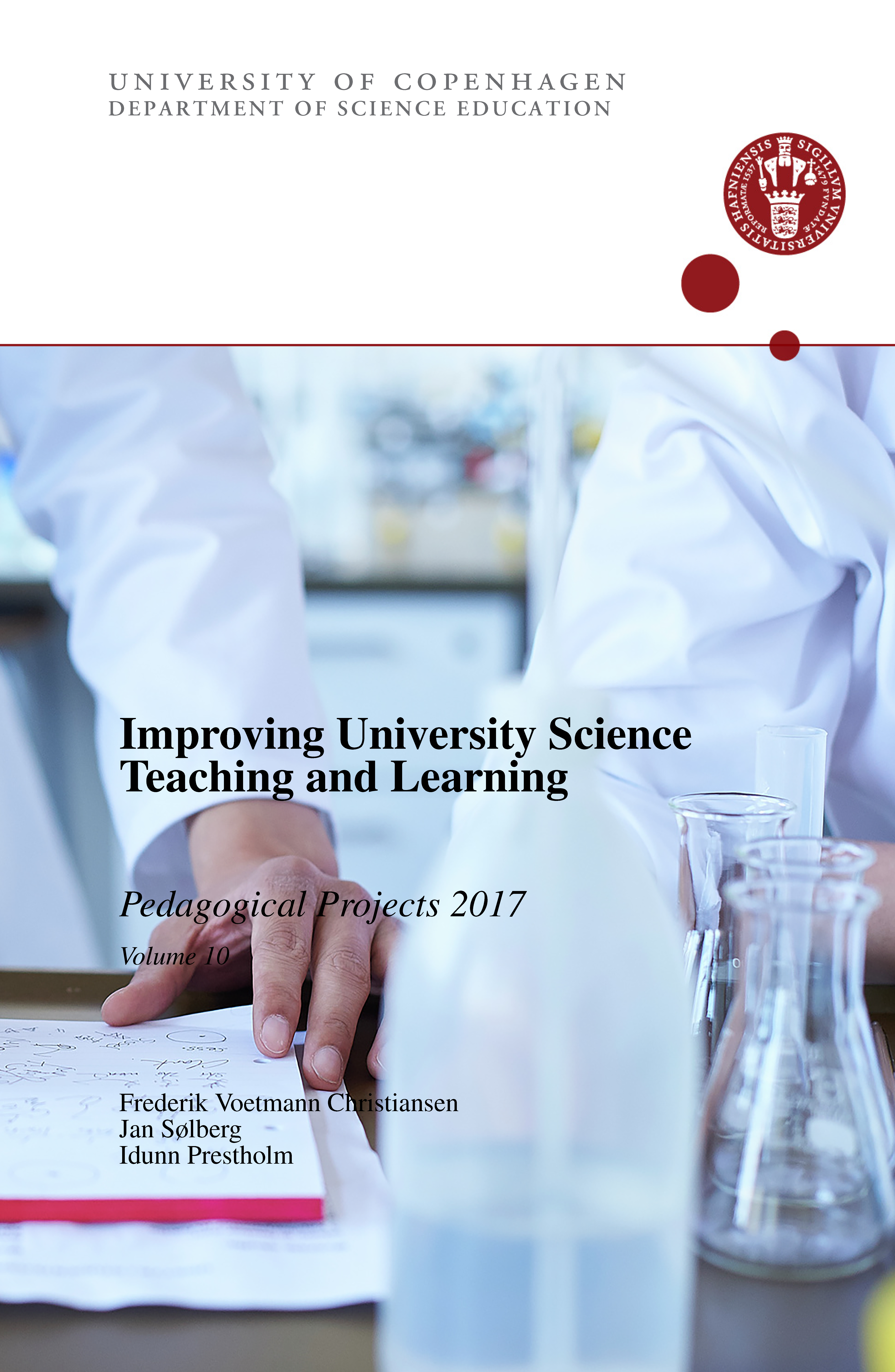Partnerskabsmodellen
- Undersøgt i kurset Klimatilpasning og Planlægning
Nøgleord:
landskabsarkitekt, partnerskab, model, klimatilpasning, klima, planlægning, alignment, ILO, TLAResumé
Resumé:
The current trend in university policy seems to be positioning the university as an environment for learning distinct from its traditional role of knowledge transmission.
This assignment poses the question: How can the partnership-model - that can
be connected to this trend - be described and used in the specific course ´Climate
Change Adaption and Planning´ – and which advantages and challenges does it
imply? To answer this question I have adjusted my course to a more learning-centeret
action plan and included more student activities. I have also sharpened my own attitude towards the students and spent time explaining my teaching intensions, having a lot of dialogue about their and mine expectations and facilitating their learning in
a process stream approach.
The conclusion is that the partnership-model has worked very well in this course, the students were very satisfied with the course and expressed to have gained many of the intended competencies. They performed very well at the summative assessment, which is not a goal in its self, but still an indication. I have become more aware of how to create a holistic approach towards the course alignment by using activities that support each other and the partnership-idea. I have also experienced
how a learning-centered action plan is able to lead to educational output. This experiment has given me a greater awareness of how to create an atmosphere, that makes the students see university as providing a partnership to develop a culture of curious
deep learners rather than a ´school with teachers´ who are supposed to guide, direct and evaluate them.
Downloads
Publiceret
Citation/Eksport
Nummer
Sektion
Licens
Fra og med årgang 19 (2023) er artikler udgivet i IUSTL udgivet med Creative Commons Navngivelse –Ikke-kommerciel (by-nc) licens. Redaktionen kan godkende andre Creative Commons Licencer for enkelte artikler, hvis forfatteren har anmodet om det.
Artikler i årgangene 1-18 er ikke udgivet under Creative Commons licens. I disse udgivelser tilfalder alle rettigheder forfatteren. Det betyder, at læsere kan downloade, læse og linke til artiklerne, men de kan ikke genudgive artiklerne. Forfatterne kan uploade deres artikler i et institutionsrepositiry som led i en grøn open access politik.




